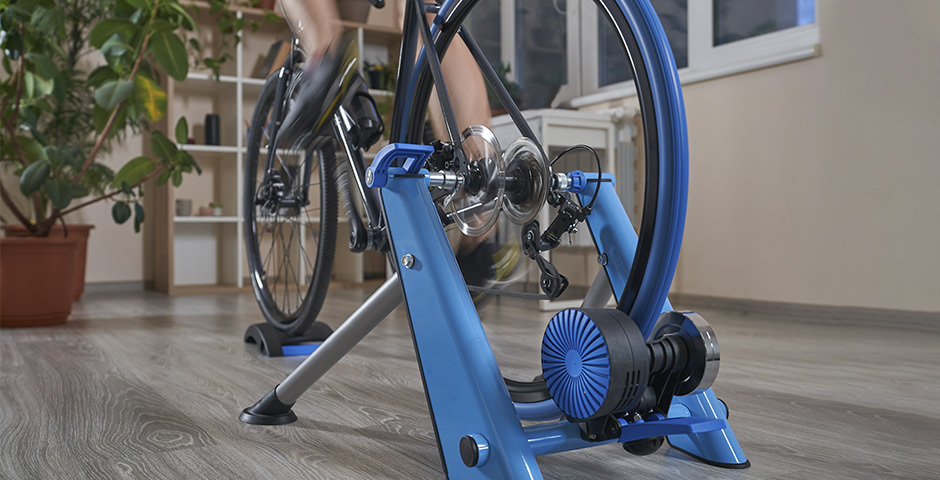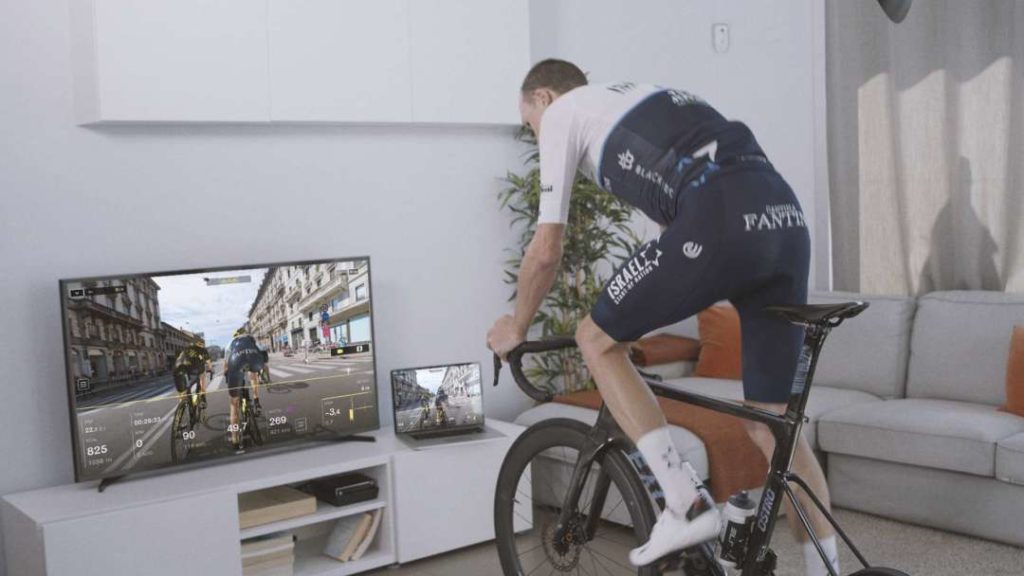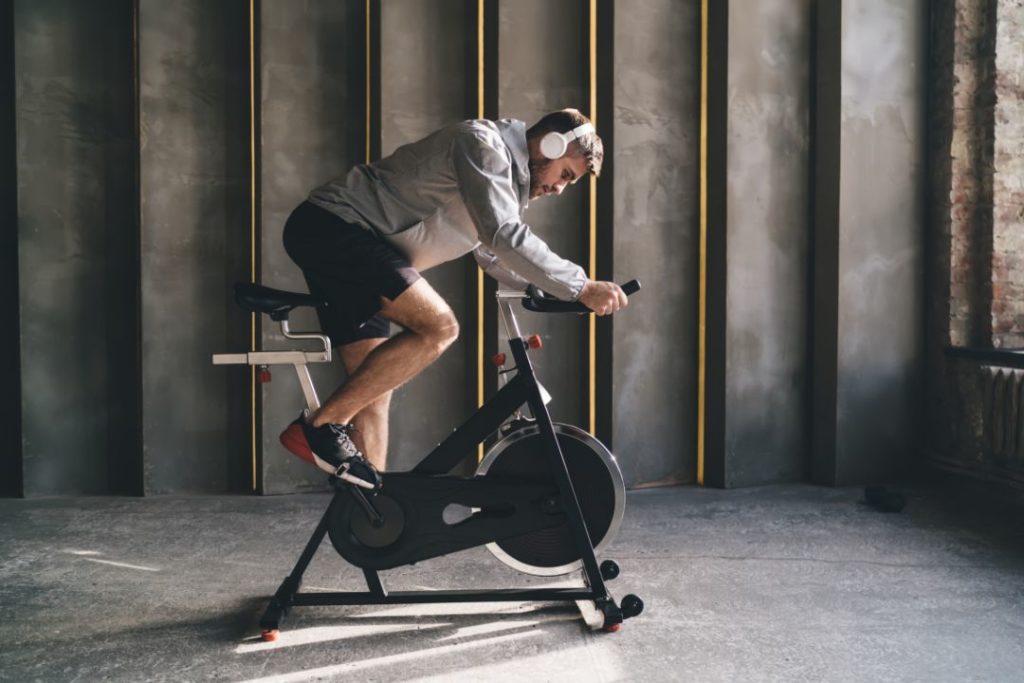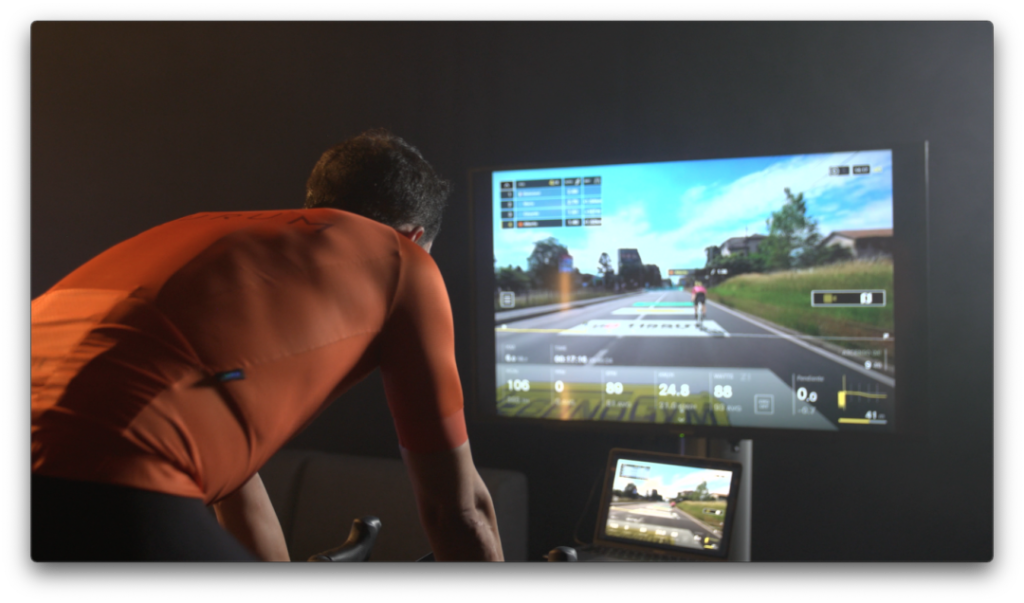The roller is an essential companion for those who train indoors, especially during bad weather months or when it’s not possible to go outside. Keeping your roller in perfect condition ensures optimal performance and prolongs its lifespan. In this guide, we show you how to maintain your bike roller effectively.
Tips for Keeping Your Roller Like New – Bicycle roller maintenance Guide
Rollers are training tools that endure constant, sometimes intense use. Sweat, dust, and natural wear can affect its functionality if not properly maintained. Taking a few minutes to care for it can prevent major problems, ensure smooth training sessions, and save you money on repairs.
Daily Roller Maintenance: Care Before and After Each Use
Basic maintenance after each training session makes a big difference. Here are the key steps for daily care:
Before the Training Session
Before you start your session, check that everything is in order:
- Make sure the roller is stable and properly assembled. If you notice any loose or poorly adjusted parts, fix the issue to avoid improper movements during use.
- Check the overall condition of the roller. Look for signs of wear, such as cracks, and ensure that moving parts operate smoothly.
After the Training Session
Sweat is a roller’s main enemy. It contains salts that can corrode metal parts and damage plastic materials if not cleaned in time. Follow these steps:
- Clean the roller with a damp cloth after each session, avoiding solvents or abrasive products that could damage the surfaces.
- Dry all parts completely with a dry cloth. Removing moisture prevents rust and prolongs the life of the components.
Monthly Roller Maintenance: Cleaning and Lubrication
In addition to daily care, it’s important to perform a deeper maintenance at least once a month. This type of care includes additional steps to keep your roller in the best possible condition.
Deep Cleaning the Roller
- Disassemble removable parts, such as the rollers (for roller-based models) or the fastening mechanisms.
- Clean each component with warm water and mild soap. Pay attention to areas where dirt tends to accumulate, such as the rollers or the bases.
- Ensure all parts are completely dry before reassembling, as moisture can cause corrosion on metal parts.
Lubrication
- Apply lubricant to moving parts, such as the bike fastening mechanism or the gears. This ensures smooth operation and reduces wear.
- Use a lubricant specifically designed for training equipment or bikes. Avoid generic products that may damage the materials.
Specific Maintenance Based on Roller Type
Not all rollers are the same, and each type has its own maintenance needs. Here’s how to care for the main types of rollers:
Care for Smart Rollers and Direct Drive Rollers
These technologically advanced models require special care:
- Clean the casing after each use to prevent sweat from damaging the internal components.
- If the roller has an integrated cassette, periodically check the bike chain to avoid transferring dirt.
- Check for software or firmware updates if the roller has smart connectivity. Keeping the software up to date ensures optimal performance.
Care for Rollers
Rollers are simpler in design but also need attention:
- Check the rollers regularly for cracks or wear on the surface. A damaged surface can affect stability during training.
- At least monthly, disassemble the rollers for thorough cleaning with mild soap and water, ensuring they are completely dry before reassembling.
Additional Tips for Roller Maintenance
In addition to daily and monthly practices, here are some tips that will help you keep your roller in perfect condition:
Protect the Training Environment
- Use a roller mat. These mats not only protect the floor from sweat but also reduce vibrations and noise.
- Place a fan nearby during your training sessions. This reduces the amount of sweat that falls on the roller and improves your comfort.
Proper Storage
When not in use:
- Store it in a dry place, away from humidity. This is especially important to prevent rust on metal components.
- Avoid exposing it to extreme temperature changes. Materials can deteriorate faster in extreme heat or cold.
Avoid Unnecessary Handling
Avoid disassembling fixed parts unnecessarily, as this can affect functionality and void the warranty.
Regular maintenance will prolong your roller’s lifespan and improve your training experience. A well-maintained roller is quieter, more stable, and more efficient, helping you avoid unnecessary repairs or replacement costs.
BKOOL is the most complete cycling simulator on the market, try it FREE for 7 days!
 Go to BKOOL
Go to BKOOL





